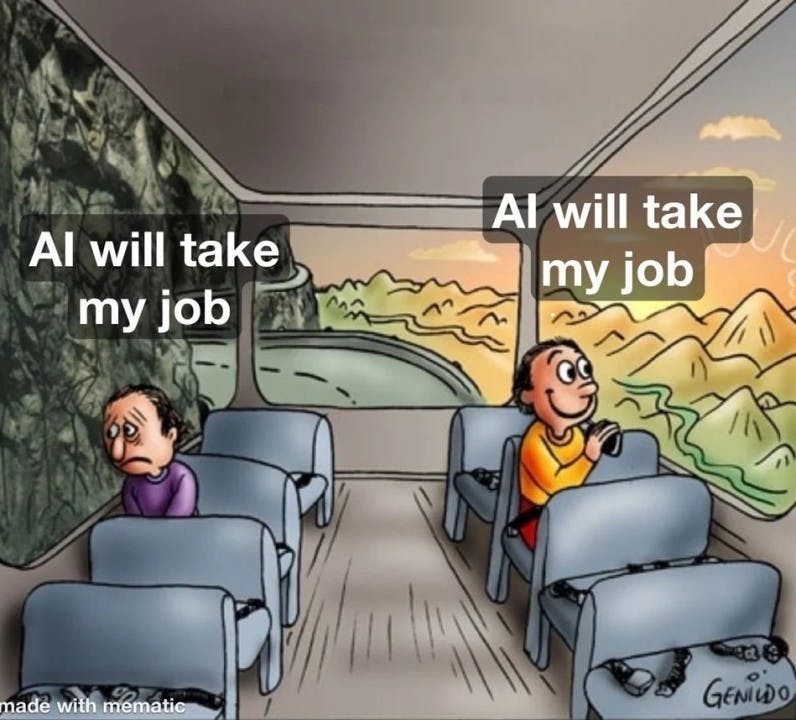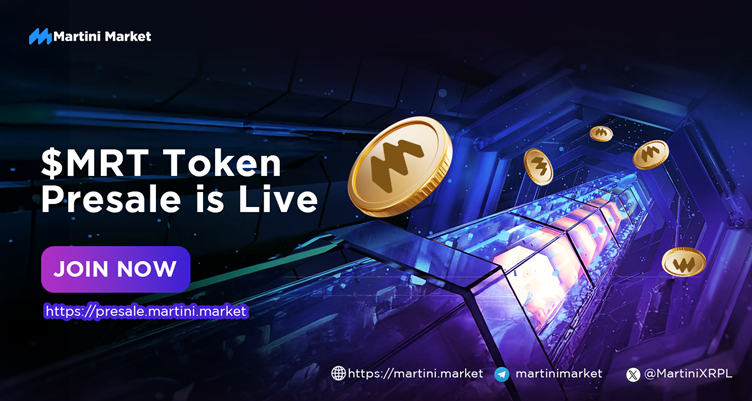Layoffs Forced by AI Adoption – What This Shift Really Means?

In early 2025, many renowned media and tech companies announced massive rounds of layoffs, explicitly tying decisions to AI-driven efficiencies. Business Insider cut 21% of its workforce to “go all-in on AI” (SF Gate), while Microsoft laid off 6,000 engineering roles.
These layoffs are just one of the visible symptoms of a broader work shift – the one that shows that AI isn’t just automating mundane tasks, but reshaping whole organisational structures and rewriting the rules of talent competition.
This only means one thing – that the future of global employment is not a five or ten-year question, but it’s happening right now.
The AI layoff wave and the numbers behind it
The AI revolution is arriving faster than we’ve expected, and the numbers don’t lie. In 2025 alone, more than 76.000 jobs have been eliminated as companies leaned into AI for efficiency. While automation is nothing new, the scale and speed of these layoffs have reached a point where AI is no longer a supportive tool, but a central workplace decision-maker.
If we break down the numbers, entry-level white-collar roles are among the hardest hit. A recent meta-analysis of hiring trends has shown a 19% year-over-year decline in roles such as data engineers, business analysts, and operational support (Business Insider). These jobs, once considered reliable for climbing corporate ladders, are now being labelled as redundant.
We’re already seeing this shift materialise across some of the world’s most influential companies. The recent layoffs at Business Insider, Microsoft, and even IBM, which terminated 8,000 employees (Business Today), have made it clear that we’re already deep in an AI-first operating model.
How does AI redefine roles in 2025?
We’re all aware that the narrative around AI in the workplace pits machines against humans. However, this framing is missing the biggest transformation that is underway. Smart organisations now aren’t just swapping out employees for AI-based operations. They’re actually building hybrid workflows where AI assumes routine tasks and humans take on strategic oversight.
As we know, AI outperforms humans at repetitive, rule-based, and high-volume tasks. This efficiency opens up a new kind of demand – professionals who can orchestrate, supervise, and continuously adapt AI systems to what businesses actually need.
We’re seeing job titles that didn’t exist a few years ago. For example, AI Orchestrators, as professionals who design, monitor, and optimise AI agents. Or AI Trainers who are responsible for fine-tuning these systems, feeding them with data, and ensuring they operate in line with ethical and compliance standards.
Companies that reduced their headcounts for AI are already relying on these roles. For example, many healthcare providers who replaced entry-level Medical Coders with AI systems are now hiring AI Trainers to manage and optimise them.
However, as expected, these shifts bring major implications for talent acquisition. Now, it’s no longer enough to know how to just use AI tools, but to be proficient in directing, challenging, and optimising them. Compensation packages will also need to reflect these hybrid skill sets that combine technical AI knowledge with domain expertise.
Hence, in the new era that embraces hybrid work models, the most valuable professionals won’t be the ones who compete with AI, but those who know how to make it work better.
Hybrid teams as the new standard
The new AI-driven roles, such as AI Orchestrators and Trainers, aren’t appearing in isolation, but as part of a new standard that organisations must implement to succeed – hybrid teams.
Humans are still leading when it comes to complex decision-making, ethics, creative strategies and problem-solving, as well as communication. Meanwhile, as we know, AI handles complex data ingestion and pattern recognition and speeds up routine tasks that eat up a lot of time and resources.
Instead of traditional hierarchies, companies need to focus on more strategic “AI-enabled pods”, which means creating teams where humans lead and AI agents, along with supporting staff, work in tandem. In fact, this is far beyond a futuristic concept, as we’re already seeing this in many forward-looking organisations that need agility and scale in their workflows.
With such changes on the way, the concept of “how much one person can produce” is obsolete, and we’re seeing new ways of how companies measure success. Here, we’re talking about new KPIs that measure the real impact of the shift, such as “AI-human collaboration rates”, “model accuracy vs human override”, and “time-to-insights” metrics.
This is indeed a deep and structural change. One that definitely requires more than surface-level adaptation. But it’s a real opportunity that lies in reengineering work from the ground up – building systems where people and machines don’t just coexist but complement each other.
The lifelong upskilling imperative
We’ve already moved beyond the debate about whether AI will change jobs – it already has, and at a pace, even those of us deep in the field didn’t fully expect. If there’s one thing we’ve learned along the way, it’s that the only sustainable edge anyone can have is the ability to learn continuously.
Looking at the hiring trends across fintech, it’s clear that long academic credentials and degrees are no longer the primary currency. What’s emerging instead is a stackable, more modular approach to learning through short-form courses and micro-certifications. This means “Prompt Engineering Specialist,” “Certified AI Ethicist,” and similar roles that we couldn’t even think of some time ago.
We are seeing online platforms like Coursera, Udacity, and even LinkedIn offering specialised AI modules, and for a good reason. Displaced workers from the recent AI layoffs are actively using these resources to upgrade their conventional skill sets and reinvent their roles.
Thankfully, many of the big players in the industry have already adapted. For example, Amazon launched their “AI Ready” initiative to train 2 million people by the end of 2025 (Business Wire), and Google is doing something similar with its “Grow with Google” initiative.
At Native Teams, we’re following the same mindset of both building products supported by AI and empowering the people behind them. We’re focused on training our teams to work alongside AI systems, as well as actively bringing new talent with hybrid skill sets. Because we believe that the best talent of the future will be those who know how to guide and improve these tools in real-world settings.
Adapt or be displaced
The layoffs we’ve seen at companies like Business Insider, Microsoft, and IBM are just early indicators of this broader shift that’s already in motion.
What’s happening right now is very structural. Hybrid teams, made up of human talent and AI systems, are already embedded in many organisations. And those who continue to treat AI as an experiment rather than a core capability are putting themselves at serious risk.
For HR, operations, and fintech leaders, the responsibility in this new era is huge. It’s time to audit systems and take a closer look at whether our teams have the capacity to govern them, how we reward hybrid skill sets, and how we enable learning at the pace of change.
Global workforces, whether fully human or AI-augmented, still need to be managed and paid compliantly, securely, and on time. This calls for payment structures that are built to move with the same speed as your AI roadmaps – with great agility, across borders, and built for complex operations.
Ultimately, the big question isn’t “Will AI reshape global employment?” – it already has! The big question is actually, “How fast can we adapt to this change?”. Because the teams that will lead in the future are being built now!


